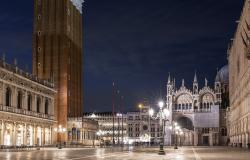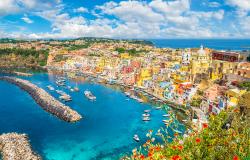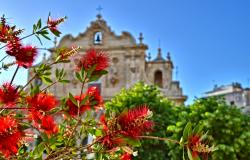Five Little-Known Villages in Tuscany You Should Stop Ignoring
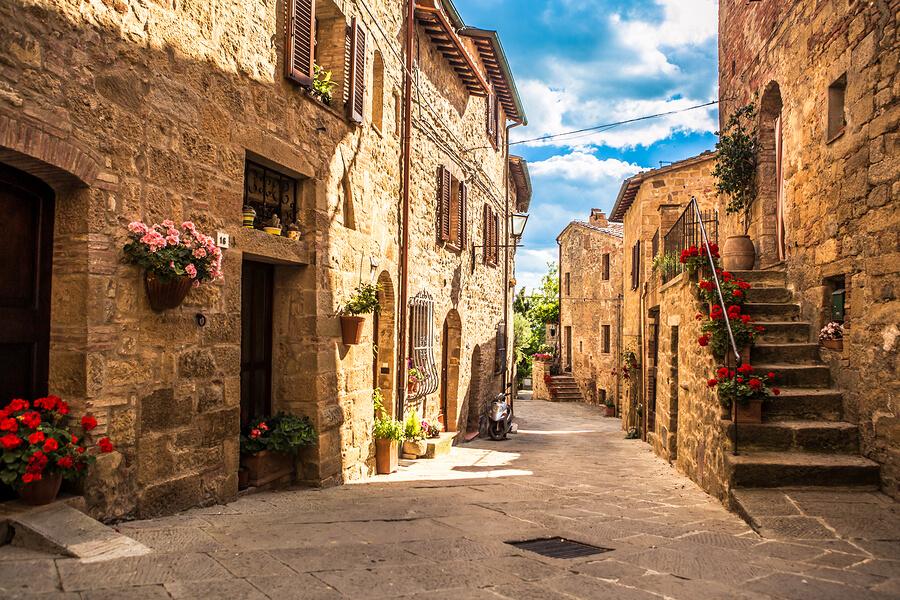
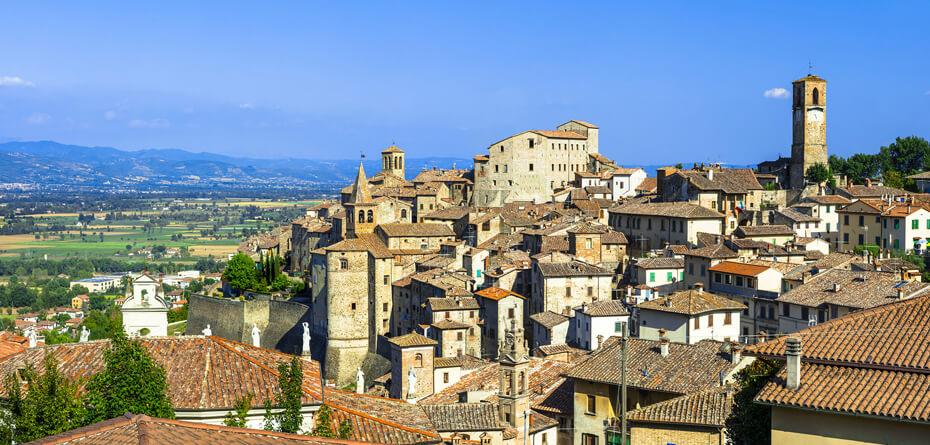

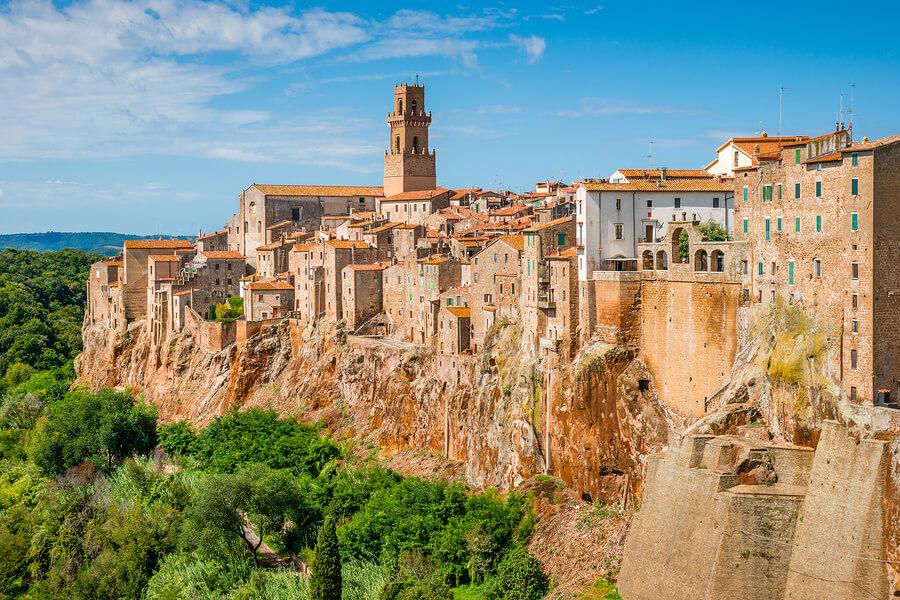
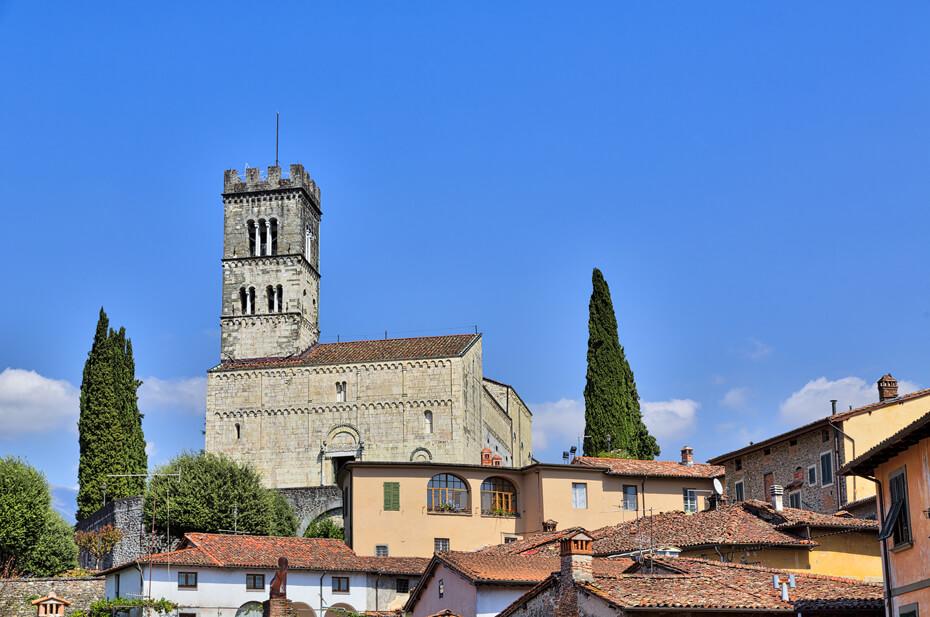
2017 has been declared the ‘Anno dei Borghi’, The Year of Italy’s Historic Villages, by Italy’s Ministry of Cultural Heritage and Tourism, and several initiative have been planned to promote these destinations rich in history and charm. We love borghi and often feature them here on Italy Magazine. Today we take you to five beautiful villages in Tuscany, which are too often overlooked.
Montefioralle – everybody goes to Greve, Castellina and Radda in Chianti, but there’s another charming borgo in Chianti to check out: Montefioralle, located about a mile west of Greve in Chianti (and possibly the hometown of Amerigo Vespucci). The village, which dates to at least the 11th century, has developed around the highest section on top of a hill which corresponds to the ancient feudal settlement. There are many medieval buildings still standing.
Anghiari – the name may sound familiar: that’s because this village near Arezzo in eastern Tuscany was the site of the famous Battle of Anghiari, which was fought on 29 June 1440 between Florence and Milan (the battle was the inspiration for Leonardo da Vinci’s lost fresco in Florence’s Palazzo Vecchio, one of the greatest mysteries in the history of art). Anghiari is a beautiful medieval village which overlooks the verdant valley of the Tiber river. Thanks to its strategic position, it was an important stronghold in the Middle Ages, when massive walls were built which made it unassailable.
San Miniato – Not to be confused with San Miniato al Monte, this San Miniato stands on three small hills in a strategic position over the lower Arno valley near Pisa. Once known as ‘al tedesco’ because, during the Middle Ages, it was the Tuscan residence of the German emperors, it has preserved several powerful-looking palaces, including the ancient imperial palace which today houses a hotel. Other notable sights include the Duomo and the Tower of Frederick. In November, San Miniato hosts a white truffle festival.
Pitigliano - Once known as ‘the little Jerusalem’ for the thriving Jewish community who began settling here in the 16th century, Pitigliano is an impressive sight (especially if you arrive from the Aurelia road): located on a volcanic tuff spur among deep ravines, it looks like its houses emerge right out of the rock. Pitigliano has been inhabited since Etruscan times. Highlights include the walls, the aqueduct, the medieval borgo itself, which has retained its medieval aspect, Palazzo Orsini and the Duomo. The caves carved into the tuff rocks were once Etruscan tombs and now serve as cellars or stables.
Barga – classified as one of Italy’s most beautiful ‘borghi’, Barga is located in the mid-valley of the Serchio river north of Lucca, in the area known as Garfagnana near the Apennines and with beautiful views of the Apuan Alps. Its urban structure has remained pretty much the same since the 12th century, a cobweb of alleyways that open up between irregular buildings. The Duomo is the main example of Romanesque architecture in the Serchio Valley. The Italian poet had a house nearby, in Castelvecchio Garfagnana, which is now a museum.
